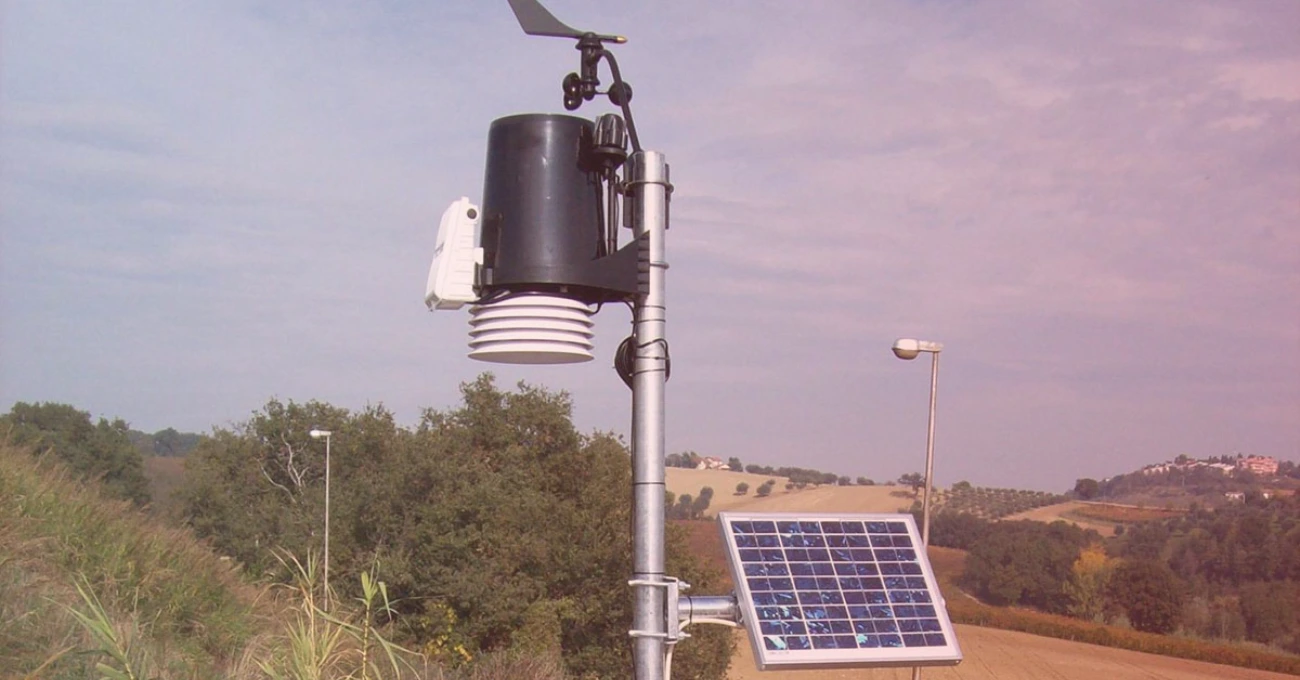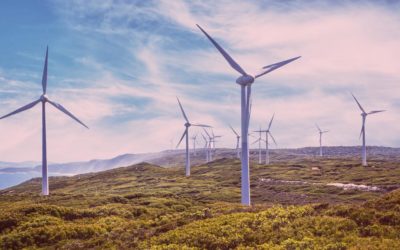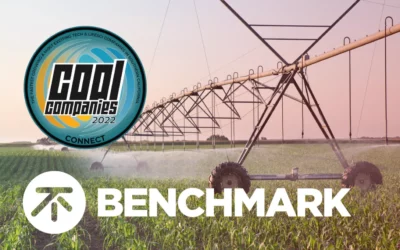Top 7 Best Solar Powered Wireless Weather Stations For 2022
A weather station is designed to monitor local climate conditions with various sensor types. They can be useful in agriculture, meteorology, solar farm monitoring, or simply for curious enthusiasts.
Sensors are placed in and around fields or gardens and connected to the main hub for sending data. There is a huge range of sensor types and station set-ups, traditionally requiring gridded power and logging data into a data logger via cable or wirelessly to be collected and analyzed manually. A solar-powered weather station has no hindrances and is not tethered to anything physically.
With the development of wireless technology, AI, and solar power, these stations can now function off the power grid, sending live data to the cloud to be received with apps on smart devices any time you need it. Advanced analysis software can then use the data to create live, accurate forecasts.
It can be handy to have an aggregated breakdown of some of the features available between models with many suppliers to choose from. Here we’re going to look at seven established brands of solar powered wireless weather stations and see what they have to offer.
1. FelixTek — Automatic Weather Station
Felix Technology offers a range of farm weather monitoring solutions, but their standard configuration Automatic Weather Station covers wind, temperature, pressure, humidity measurements and pyranometers (solar irradiance).
This solar-powered weather station array can be mounted on a mast, tripod, buildings or vehicles. The data collected can be automatically transmitted from a data logger to a remote server, and it has both gridded and solar power supply options.
Felix Technologies rates highly with its wide range of sensors and meters for versatility. The Evaporizometer is a particularly useful addition for determining individual irrigation requirements for plants, and the snow depth sensor can be valuable in colder regions when estimating planting times.
2. KestrelMet — 6000 Cellular Weather Station
The KestrelMet 6000 Cellular Weather Station arrives pre-assembled and with an included cellular plan for its online monitoring dashboard. The package starts with wind speed, rainfall, temperature, humidity, and pressure monitoring abilities, but it’s possible to add more sensors to the array.
The station is preconfigured to begin monitoring immediately and can hook up to their app on a smartphone for real-time viewing from wherever you are; the cell plan is even free for the first year.
Useful optional addons include leaf wetness sensors and a soil array kit, options that aren’t often available in some other stations. The soil array kit has three sensors to measure water tension and soil temperature at three different depths.
3. Met One — General Purpose Weather System
Met One’s General Purpose Weather System is a customizable, advanced weather monitoring system that keeps tabs on available light and measures changes in surface temperature, humidity, rainfall, temperature, and wind conditions with its multiple sensors.
The customizable system is mounted on a tripod but can be easily affixed to a mono-pole or lattice tower. Additional sensors allow a wider range of applications, and cloud compatibility makes data output wirelessly available.
For variation in the capabilities in MetOne’s weather stations, there are both general-purpose and Industrial weather station packs available. This means you can select the package that closest fits your requirements, increasing or decreasing in complexity and range as needed.
4. Spectrum Technologies — Watchdog 3000 Series Stations
The Watchdog 3000 Series Stations by Spectrum are favored by some of the largest agricultural companies in the world. This range specializes in wireless communications to worldwide cellular networks and can easily hook up to the accompanying app for setup and monitoring on the go.
Wind speed, temperature, humidity, and rainfall come standard. Some models include solar radiation, but these systems aren’t limited to the default sensors; there is a wide selection of additional options.
Spectrum’s compatible soil sensors can add soil temperature, salt content, and moisture tension, adding valuable data to the in-built data logger that is hard to find elsewhere.
5. Field Sense — Weather Stations
The Field Sense Weather Stations take measurements every ten minutes on eight different parameters: air pressure, humidity, and temperature; light incidence and intensity; wind speed; precipitation; and soil temperature.
One great feature of this system is that on subscribing to Farm Weather, Field Sense allows you to access up to five more weather stations in the same network, whether you own them or not. Data is sent to your account every ten minutes through the built-in GSM module.
The app allows you to track historical data and view automated analyses following pest risk and best times for planting based on local conditions. Field-specific forecasts are hourly and
every sixteen days.
6. Metos USA — iMETOS and FieldClimate
Metos USA is actually a preferred provider of solar-powered, wireless weather sensing hardware to match Benchmark Lab’s cloud-based forecasting solutions. Both providers are integration agnostic in weather forecasting but recognize each other’s technological accomplishments, so a partnership moving forward made sense to serve the growers better.
Building off the 35 years of industry experience of Pessl Instruments GmbH globally, Metos USA has been operating in the US since 2014, offering tools for informed decision-making. A complete range of wireless, solar-powered monitoring systems under the iMETOS® brand and an online platform, FieldClimate, are applicable in all climate zones and can be used in various industries and for various purposes – from agriculture to research, hydrology, meteorology, flood warning and more.
Over the years, iMETOS® has become a global brand with local support and has managed to reach out to almost every corner of the world. The iMETOS® brand lasts longer, performs better, is easier to use and offers you the lowest total cost of ownership.
7. Davis Instruments — EnviroMonitor
The EnviroMonitor by Davis Instruments is designed for growers to predict critical factors that affect their crops. It includes standard measurements and boasts frost forecasting, soil moisture, and plant growth stages.
The system is based around a networked relationship between custom wireless sensors and a central gateway. These data are sent to the cloud and become available on any device, anywhere there’s internet access.
The app allows you to use historical data to follow trends, and you can set alert thresholds for multiple parameters.
Implementation
With so much diversity in sensor types and applications, the options for monitoring and predicting crop conditions have never been greater.
Many complete systems come with a default setup and built-in apps to analyze the data gathered from their sensors. Still, it’s possible to form a bespoke network and pick and choose from various sensor suppliers to build a tailored monitoring system specific to your location and needs.
Taking that path allows you to choose 3rd party analysis and forecasting platforms, which opens up another opportunity to improve your system. Any IoT weather station setup is to manage microclimate data to maximize control over your farming schedule and respond quickly to changes.
——
Benchmark Labs uses AI to integrate third and first-party sensor data and analyze it using machine learning to give a truly localized environmental forecast. This helps growers optimize labor scheduling, crop planning, saving water, and more. Our platform works with multiple sensor types and can deliver up to 60% more accurate forecasts. Sign up today to learn more!
Recent Posts
Wind Energy Forecasting Techniques With IoT & Machine Learning
[dssb_sharing_button icon_bg="#636979" _builder_version="4.16" _module_preset="default" background_color="#324155"...
Benchmark Labs Selected As 2022 Cool Company
CALIFORNIA – 24 March 2022 – Benchmark Labs Inc. (Benchmark Labs), a leading provider of asset-specific environmental forecasting solutions is selected as a 2022 Cool Company by Connect San Diego. Connect San Diego defines a Cool Company as one of the fastest, most...
Meet Marshall Borrus — Benchmark Labs Deployed Engineer
2022 APRIL 07 -- We are very excited to announce a new addition to the team! Marshall Borrus joins Benchmark Labs as a Deployed Engineer with experience from Stanford University as a Research and Project Assistant as well as experience in the winemaking industry....




